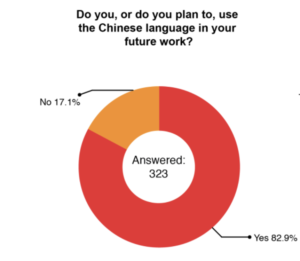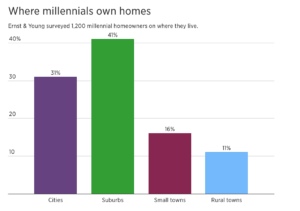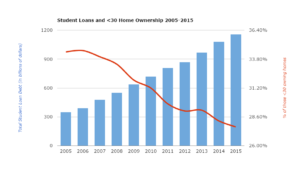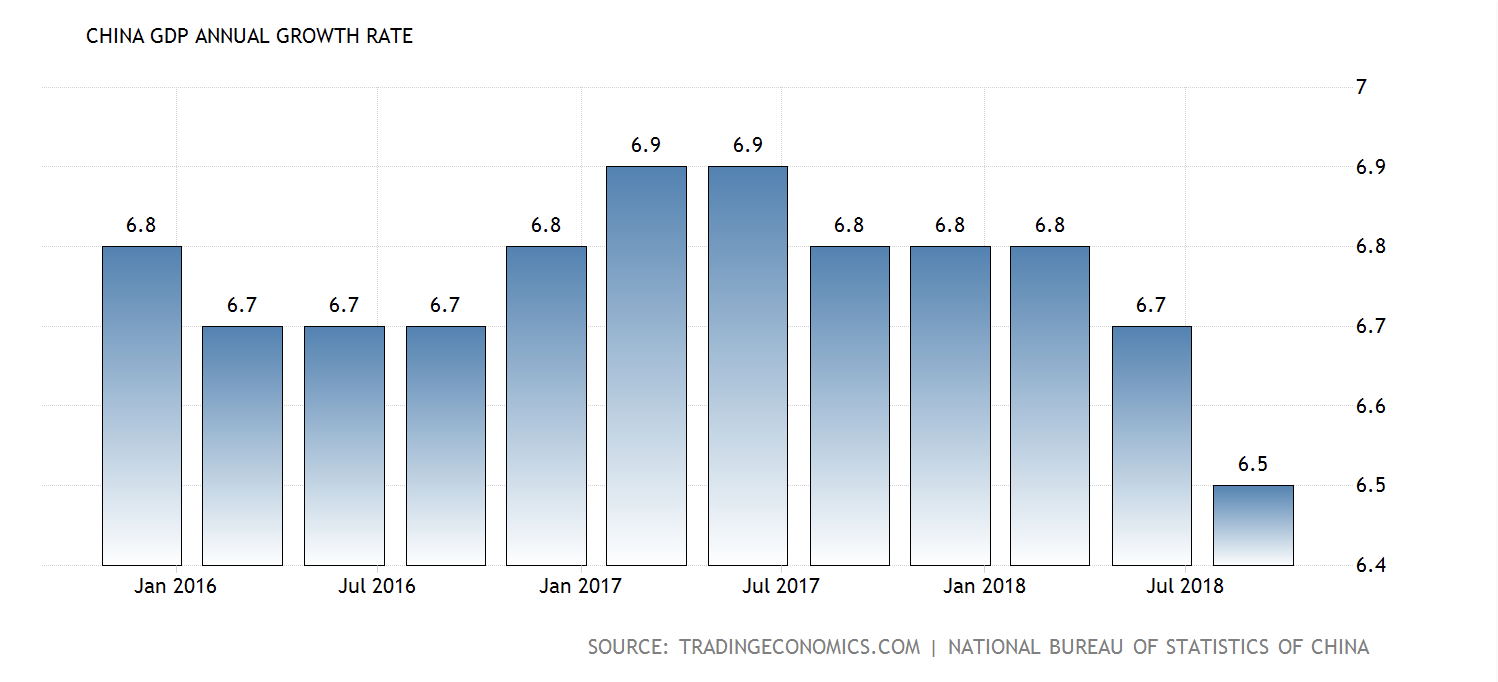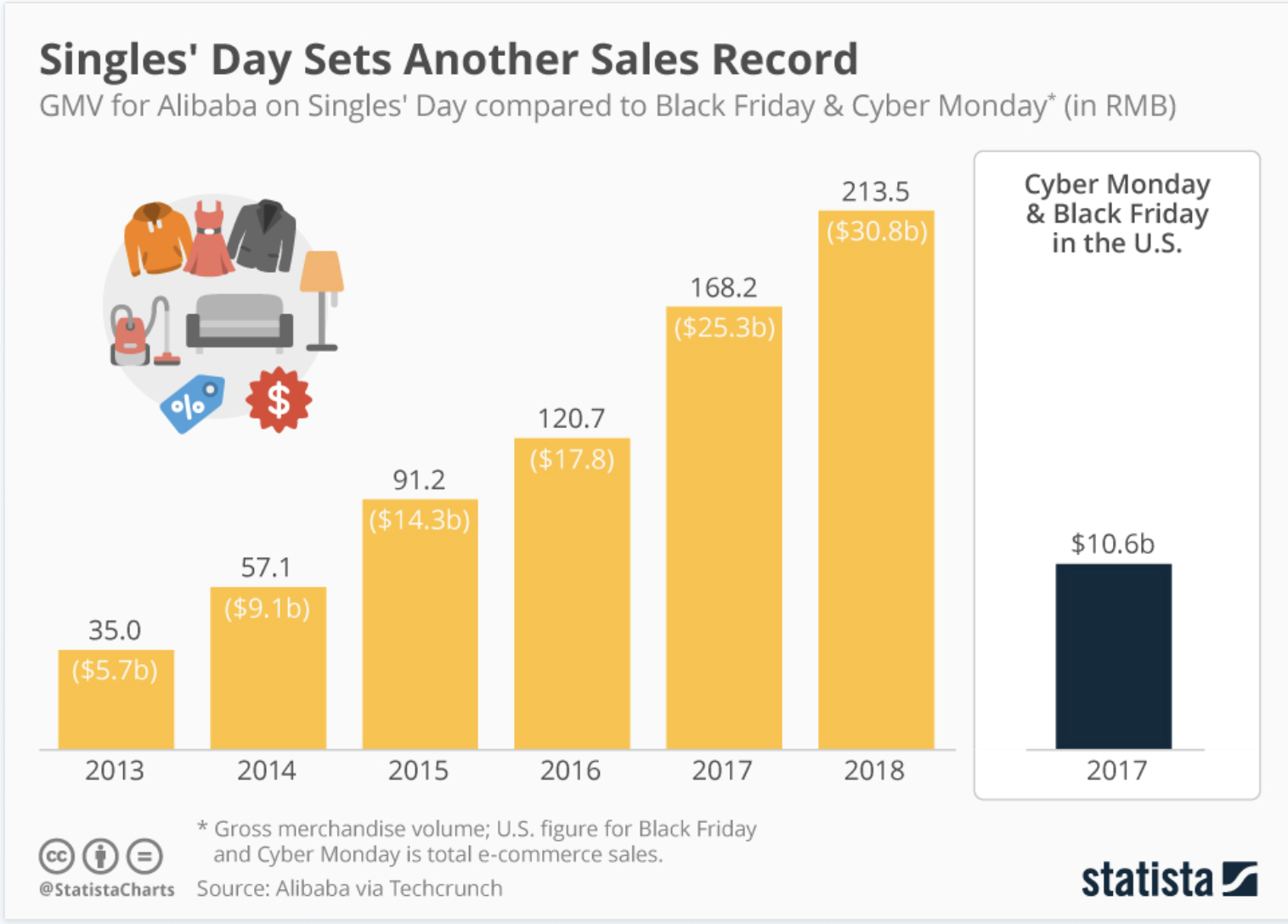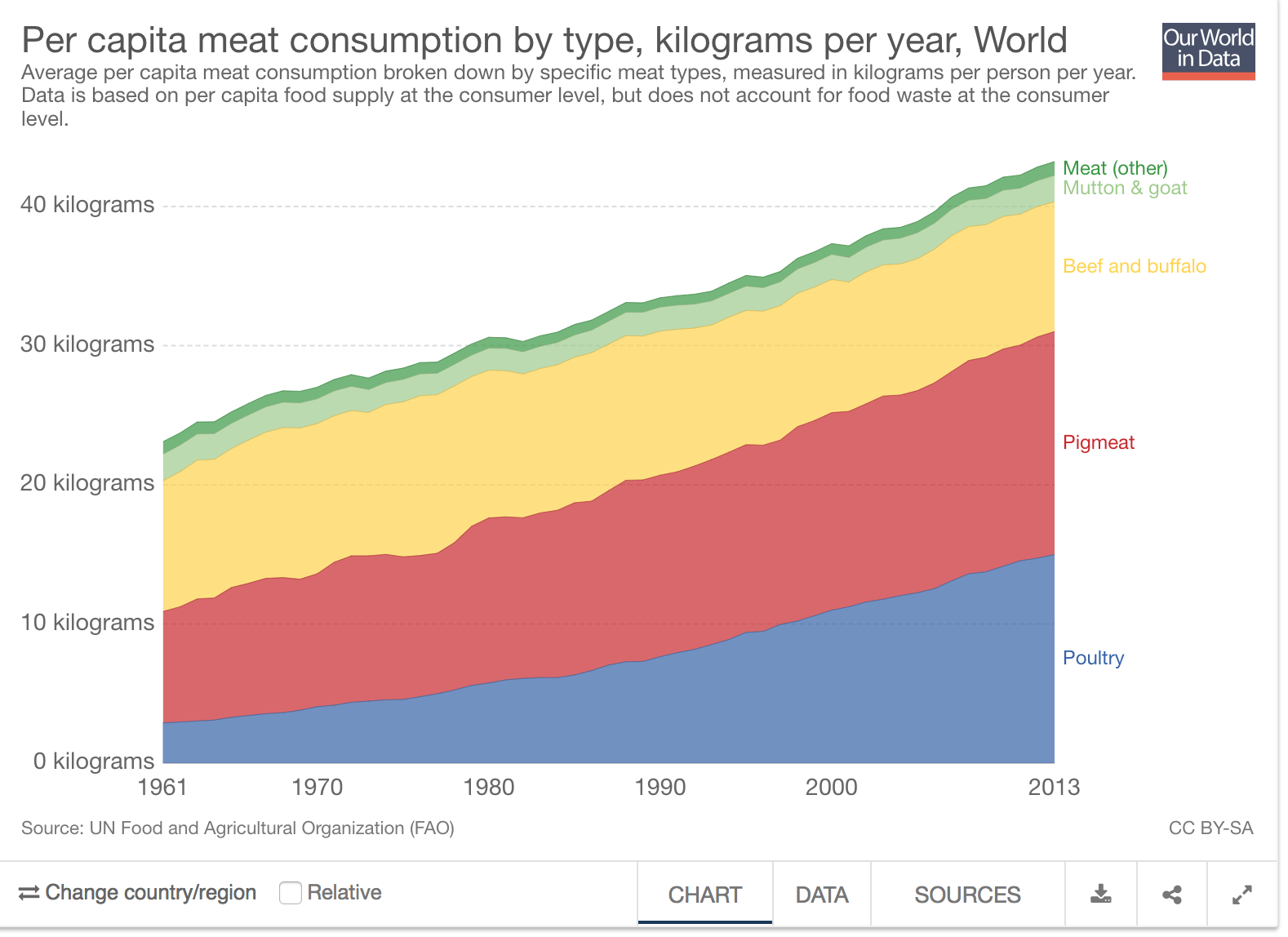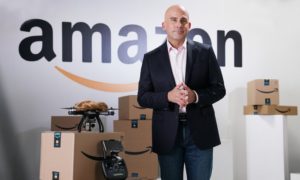Ashley Rivenbark, an American student who has studied in Hangzhou through the U.S. State Department’s Critical Language Scholarship, said living in China has changed her view of it.
China has its unique culture and increasing global power. The trade between China and U.S. has spurred the need of graduates who are fluent in both China and America – not only the two languages but also cultures and business development.
However, among 330,000 American students who chose to study in different countries, only 12,000 of them went to China last year. For most American students who choose to study abroad, France, UK, Germany, and some other European countries are ideal.
Reversely, in 2017, Chinese students accounted for more than one-third of total 1.1 million international students who studied abroad in the United States.
Since 2007, the number of Chinese students who have chosen to come to the U.S. has increased dramatically. On the other hand, the number of American students in China has remained virtually flat. According to the Financial Times, the number was 11,064 in 2007 and 11,910 in 2017.
There are now 30 times as many Chinese students in the U.S. as U.S. students in China. This phenomenon has caused an information asymmetry, which means that there is not enough information exchanging between two countries.
The U.S. Foreign Policy recently surveyed 343 Americans who have studied in China through higher education programs. Most of them reported that they satisfied with their choice and explained why they think this is an ideal option for American students who want to study abroad in the future. Here are some statistics:
Are you the first person in your family to study abroad?
69.4 percent of students responded yes.
This shows that students who preferred to study in Beijing or Shanghai were not just the children of those who studied in Paris or London 30 years ago.
Most students didn’t have any previous relationship with local residents. 56 percent responded that they were positively searching for local friends on and off campus.
Do you think that living in China was worth the time, effort and expense required?
97.1 percent of students responded yes.
Students said that they didn’t realize the convenience and adaptability of China until they came here. Convenient transportations including G-series high-speed train and new subway system shocked them at the very beginning. Also, the cheap labor created the booming of food delivery service.
78.4 percent of students even responded that they felt “more positive” towards the country after studying in China.
Do you, or do you plan to, use the Chinese language in your future work?
82.9 percent of students responded yes.
The increasing communications and trades between U.S. and China have created plenty of job opportunities for graduates.
Although most American students didn’t think they can operate their own businesses in China, most believed that the language skill and, more importantly, a better understanding of Chinese culture definitely would help them to find a good job.
Conclusion
According to a 2017 Quartz report, eight in 10 of Chinese students who studied in the U.S. went back to China after graduation. They have become teachers, operated their own startups and even built advanced AI technologies in China.
This year, the Trump administration worried about Chinese student spies and considered to put restrictions on the majors that Chinese students can choose and even cancel the student Visa for Chinese students.
But for young Americans who have studied or want to explore in China, it is still a transformative period.
Sources:
http://www.studyinchina.com.my/web/page/study-in-china-for-american-students-in-china/
https://www.ft.com/content/6665e98c-ece6-11e8-8180-9cf212677a57


